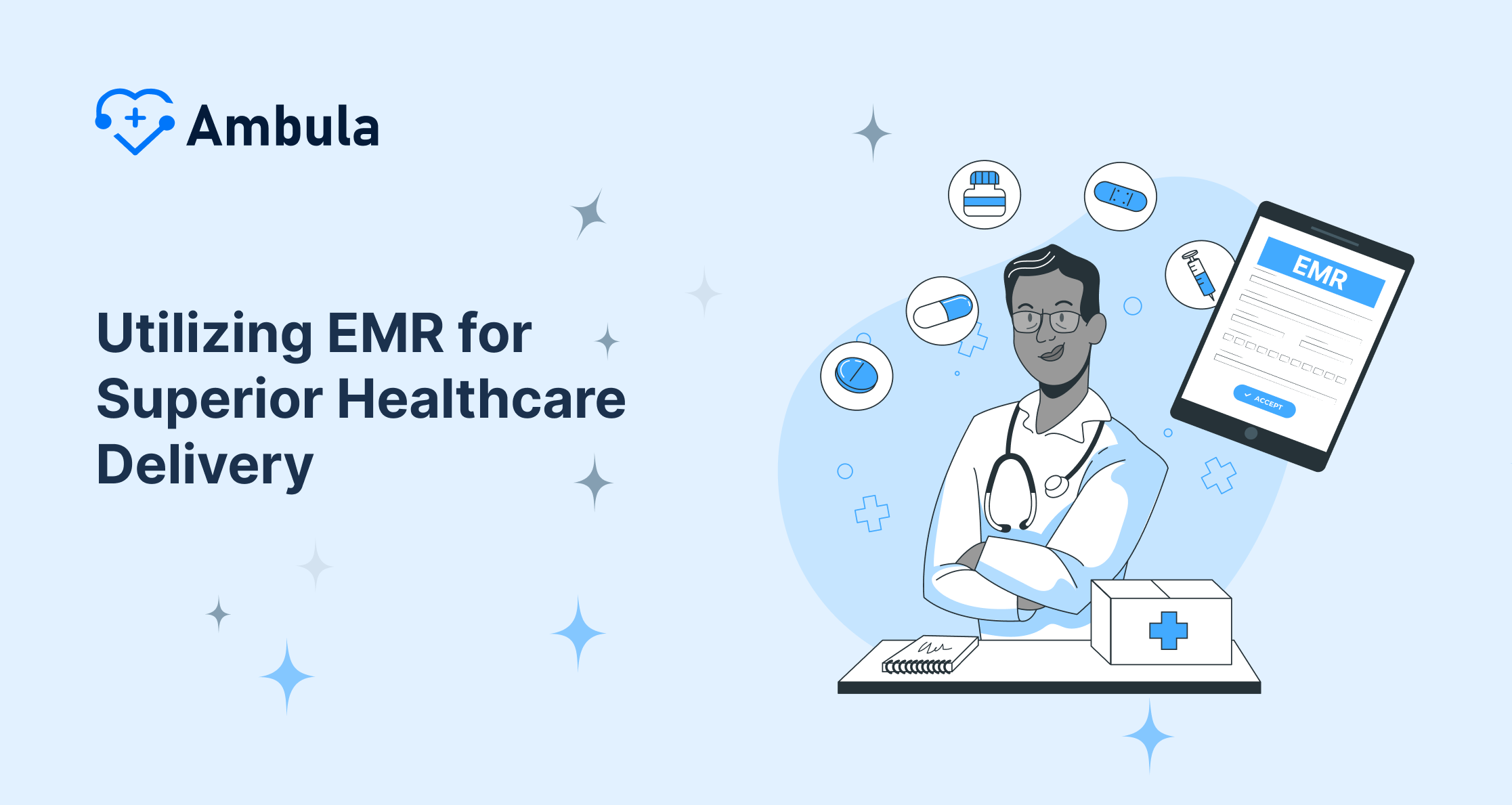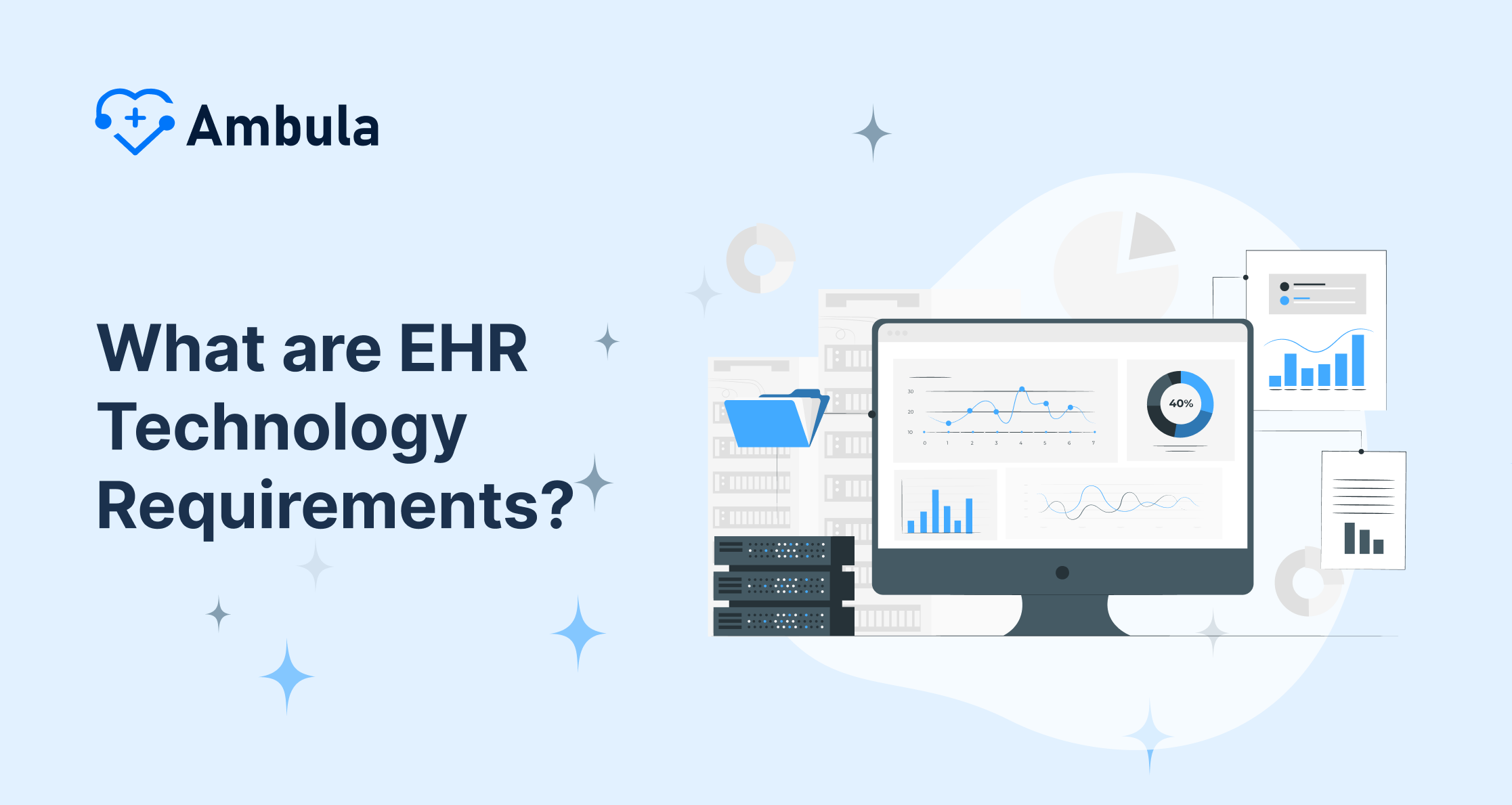
Pain management is a critical aspect of healthcare, and the management of pain can be complex and challenging. Pain management EMR systems can help healthcare providers streamline workflows and improve patient care. This article will explore the benefits of pain management EMR systems and how they can help with integrated care pathways.
What is a pain management EMR system?
A pain management EMR system is an electronic medical record (EMR) system specifically designed for pain management. It is a cloud-based software solution that enables healthcare providers to manage and document patient information related to pain management, including medical history, physical examination, diagnostic tests, medication, and treatment plans.
One of the significant benefits of a pain management EMR system is that it provides a comprehensive view of a patient’s medical history, allowing healthcare providers to make informed decisions about their care. The system will enable providers to create individualized treatment plans, track patients’ progress, and adjust treatment plans as needed.
How it Can Improve Chronic Pain Care
As technology continues to transform healthcare, electronic medical record (EMR) systems have become a staple in many healthcare organizations. EMR systems offer healthcare providers a secure and efficient way to store and manage patient information. However, when it comes to managing chronic pain, a standard EMR system may not provide the necessary functionality to deliver the best care possible. This is where a pain management EMR system comes in.
What is a pain management EMR, and how does it differ from a general EMR system?
A pain management EMR system is a specialized electronic medical record system designed to address the specific needs of patients with chronic pain. It differs from a general EMR system in that it includes features such as pain scales, medication tracking, and treatment plans tailored to the individual patient’s needs. Additionally, it may integrate with other technologies such as remote monitoring devices, telemedicine platforms, and mobile health apps.
How can a pain management EMR improve the quality of care provided to patients with chronic pain?
One of the key ways that a pain management EMR can improve the quality of care for patients with chronic pain is by enabling healthcare providers to create individualized care plans based on the patient’s specific needs. With features such as pain scales, medication tracking, and treatment plan templates, providers can customize treatment plans that address the patient’s unique pain experience.
What are the essential features of a pain management EMR system, and how do they support integrated care pathways?
Some essential features of a pain management EMR system include medication management, treatment plan templates, and pain scales. These features help healthcare providers to track and monitor patient progress over time, which is essential for developing a comprehensive care plan. Additionally, a pain management EMR system can integrate with other healthcare technologies, such as telemedicine platforms and remote monitoring devices, to provide a coordinated and holistic approach to care delivery.
How can a pain management EMR help healthcare providers track and monitor patient progress over time?
With a pain management EMR system, healthcare providers can track and monitor patient progress over time through the use of pain scales, medication tracking, and treatment plan templates. Providers can see how patients are responding to treatment, adjust medication dosages as necessary, and make changes to treatment plans to ensure that patients receive the best care possible. By having access to comprehensive patient data in real-time, providers can make informed decisions about patient care, leading to better outcomes.
Cloud-based pain management EMR system
A cloud-based pain management EMR system offers several benefits over traditional EMR systems, including:
- Accessibility: A cloud-based EMR system allows healthcare providers to access patient information from anywhere with an internet connection. This means that providers can view patient information in real-time, even if they are not in the same location as the patient.
- Cost-effective: A cloud-based EMR system eliminates the need for expensive hardware and maintenance costs, making it a cost-effective solution for healthcare providers.
- Scalability: A cloud-based EMR system can scale as the practice grows, eliminating the need for costly upgrades.
- Security: A cloud-based EMR system offers robust security features, ensuring patient information is kept confidential and secure.
What is the meaning of pain management EMR?
The meaning of pain management EMR is straightforward, and it refers to an electronic medical record system that is specifically designed for pain management. The system allows healthcare providers to manage and document patient information related to pain management, including medical history, physical examination, diagnostic tests, medication, and treatment plans.
Pain management EMR software
Pain management EMR software offers several features to help healthcare providers manage pain more effectively. These features include:
- Anesthesia record-keeping: Pain management EMR software can automatically document all anesthesia drugs, times, and other relevant information, allowing healthcare providers to track patient information accurately.
- Consent forms: Pain management EMR software can enable healthcare providers to download or print consent forms for billing purposes, making the billing process more efficient.
- Medical billing forms: Pain management EMR software can automatically generate the CMS-1500 and UB-04 medical billing forms needed for surgical centers.
Integrated care pathways
Integrated care pathways (ICPs) are a patient-centered approach to healthcare that involves coordinating and integrating care across different healthcare providers and settings. ICPs can help healthcare providers improve patient outcomes and reduce healthcare costs.
Pain management EMR systems can help healthcare providers implement ICPs by providing a comprehensive view of a patient’s medical history, allowing providers to make informed decisions about their care. The system allows providers to create individualized treatment plans, track patients’ progress, and adjust treatment plans as needed.
Customization of pain management EMR systems
One of the significant benefits of pain management EMR systems is their customization. These systems can be customized to meet the specific needs of a healthcare provider. This means that healthcare providers can create their own patient charting experience and document information in a way that suits their practice. This customization can improve workflow efficiency, reduce errors, and improve patient care.
Improved communication with patients
Pain management EMR systems can also improve communication between healthcare providers and patients. The systems can allow patients to access their medical records and communicate with their healthcare providers through a secure online portal. This can improve patient engagement, encourage patient self-management, and reduce the risk of errors due to miscommunication.
Reduced administrative burden
Pain management EMR systems can also reduce the administrative burden on healthcare providers. The systems can automate many administrative tasks, such as appointment scheduling, prescription refills, and billing. This can free up time for healthcare providers to focus on patient care and reduce the risk of errors due to administrative tasks.
Integration with other healthcare systems
Pain management EMR systems can also be integrated with other healthcare systems, such as laboratory information systems and radiology systems. This integration can improve workflow efficiency, reduce errors, and improve patient care by providing healthcare providers with a comprehensive view of a patient’s medical history.
In conclusion, pain management EMR systems can improve patient care by providing healthcare providers with a comprehensive view of a patient’s medical history, allowing providers to make informed decisions about their care. The systems can also improve workflow efficiency, reduce errors, and improve patient engagement. With the customizable features and integration capabilities of pain management EMR systems, healthcare providers can implement ICPs and provide patients with the best possible care.
Conclusion
Pain management EMR systems can help healthcare providers streamline workflows and improve patient care. The cloud-based software solution offers several benefits over traditional EMR systems, including accessibility, cost-effectiveness, scalability, and security. Pain management EMR software provides several features to help healthcare providers manage pain more effectively, including anesthesia record-keeping, consent forms, and medical billing forms. By implementing ICPs, healthcare providers can improve patient outcomes and reduce healthcare. The pain management EMR system can significantly improve the quality of care provided to patients with chronic pain. By providing healthcare providers with the necessary tools to create individualized care plans and monitor patient progress over time, a pain management EMR system can help to ensure that patients receive the best possible care. With the ability to integrate with other healthcare technologies and support coordinated care pathways, a pain management EMR system is becoming an increasingly important tool in the healthcare provider’s toolbox.




